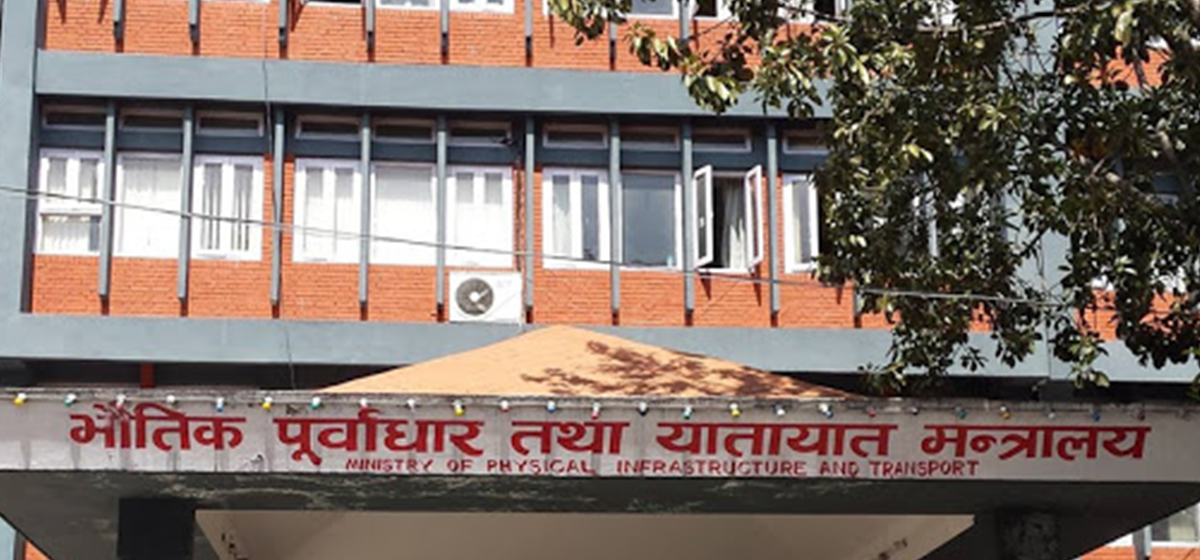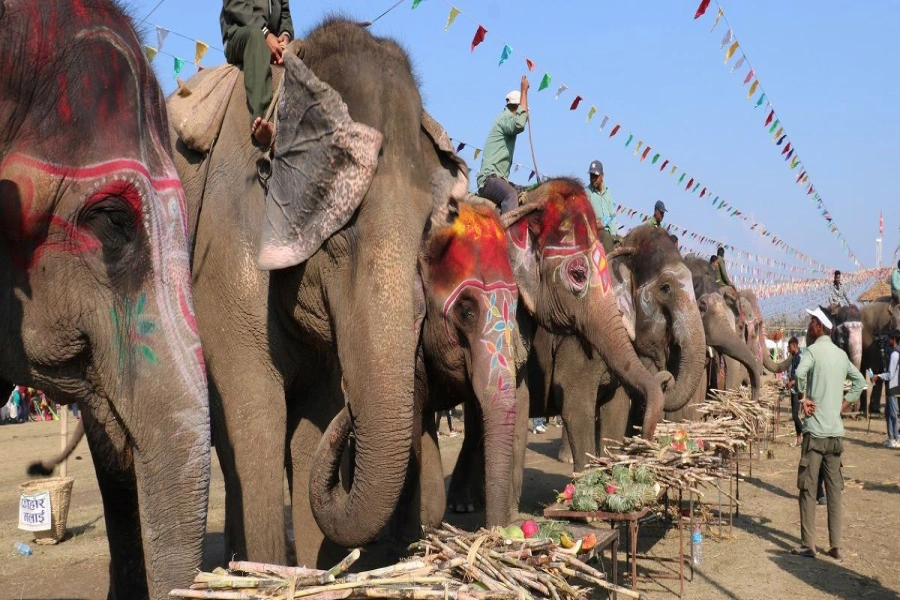Road traffic fatalities and injuries can be prevented but it requires sustained commitment, effective intervention and determined actions from the government
It is shocking fact that road traffic crashes kill and leave more people injured, hospitalized, and disabled than any other epidemics worldwide every year. According to Global status report on road safety, 2018, administered by World Health Organization (WHO), road traffic crashes claim close to 1.35 million lives and leave approximately 50 million people injured each year, placing road traffic injuries as one of the leading causes of death among people aged between 15 and 29 years. The report further reveals that such road traffic crashes cost most countries approximately three percent of their gross domestic product.
On the basis of the latest data maintained by WHO, Nepal was ranked 79th by World Health Rankings in terms of fatal road crashes, with 4,921 fatalities recorded in 2017. However, the statistics recorded by Nepal Police shows 8,982 deaths in 40,777 road accidents across the country in the last five years from 2013 to 2018. Moreover, the data estimate as many as seven person lose their precious lives every day and, annually, on an average, 2,000 people are killed in such fatal road crashes on Nepali roads.
Likewise, recent updates show the state’s road toll was 228 in the Kathmandu Valley alone in the first 11 months of the fiscal 2018-19, which is more than 17 percent deaths compared to the 194 fatalities last fiscal. In other words, road traffic accidents, which stand as a major killer, are spiking at an alarming rate in Nepal.
Though the global epidemic of road fatalities and injuries is a major public health concern worldwide, it is yet to receive a wider attention of concerned authorities in Nepal. It goes without saying people killed, injured, hospitalized or disabled for life time due to such road crashes amounts to a great loss for the country.
Road accident fatalities up in Chitwan

Root causes
In spite of the fact that road traffic crashes are avowedly attributed to the dangerous road infrastructures , ill-maintained motor vehicles, overloading, bad weather conditions, and sheer negligence of drivers—such as non-compliance of safety provisions, drink- driving, speeding, reckless driving, driver’s risky behaviors and one and other forms of failures to comply with highway traffic rules—the government and its agencies have largely failed to adopt pragmatic approaches to prevent the fatalities. Given the corrupt authorities and negligence on the part of road users, the nation still lacks integrated mechanism in dealing with the road safety issues.
Most importantly, poorly maintained and risky mountain roads have added to the woes as hilly and mountainous regions are often vulnerable to deadly road crashes due to their topography. Take four major road accidents that occurred in last month in Bajhang (June 17), Humla (June 18) and Dhading (June 21) and early this month in Arghakhanchi (July, 4)—which claimed more than 18 lives and left 10 people missing.
On the other hand, even in the wake of traffic-related crashes, lack of a close communication and poorly coordinated mechanisms among the authorities have led to delay in humanitarian responses, thus placing strain on rescue operation and immediate healthcare.
Tackling the chaos
Road traffic crashes are pliant to remedial actions. But we are unwilling to adopt even simple measures that can significantly help in reducing the possibilities of alarming fatalities and injuries. Putting drastic measures in place such as road design coupled with feasibility study, sustained engineering and supervision of the construction and maintenance of roads, use of safe and well-maintained vehicles, astute and patient driving, sustained enforcement of stringent legal frameworks, among others, can go a long way in reducing road accidents and deaths.
The Decade of Action for Road Safety (2011–2020), officially proclaimed by the UN General Assembly, hopes to save millions of lives by adopting five multi-pronged strategies. They include building road safety management capacity, improving the safety of road infrastructure, further developing the safety of vehicles, enhancing behavior of road users and improving post-crash response. The Decade of Action does not only proffer but also lays a foundation of a framework for policy, practice and advocacy to help countries attain the Sustainable Development Goals.
Improvement of safety of road infrastructure is one of the five pillars of the action plan. In Nepal, Nepal Road Safety Action Plan (2013-20), devised by Ministry of Physical Infrastructure and Transport, has made it statutory for redesigning of highways and feeder roads if they pose threats. But this has not been implemented.
Besides, years have passed since the Council of Ministers floated a proposal recommending the creation of a Road Safety Council and also significant efforts were apparently made to promulgate the Road Safety Bill. The idea is yet to materialize. We need to understand the fact that road traffic fatalities and injuries can be prevented and every life is precious.
Thus the government agencies, together with police, stakeholders and road users, need to understand the gravity of the burdens unleashed by lethal roads and bring effective strategies to tackle road traffic crashes and avert road tragedies. But for this to happen, it requires sustained commitment, effective intervention and determined actions from the government.
The author is currently a faculty member at Narayani Public College, Bharatpur, Chitwan





































